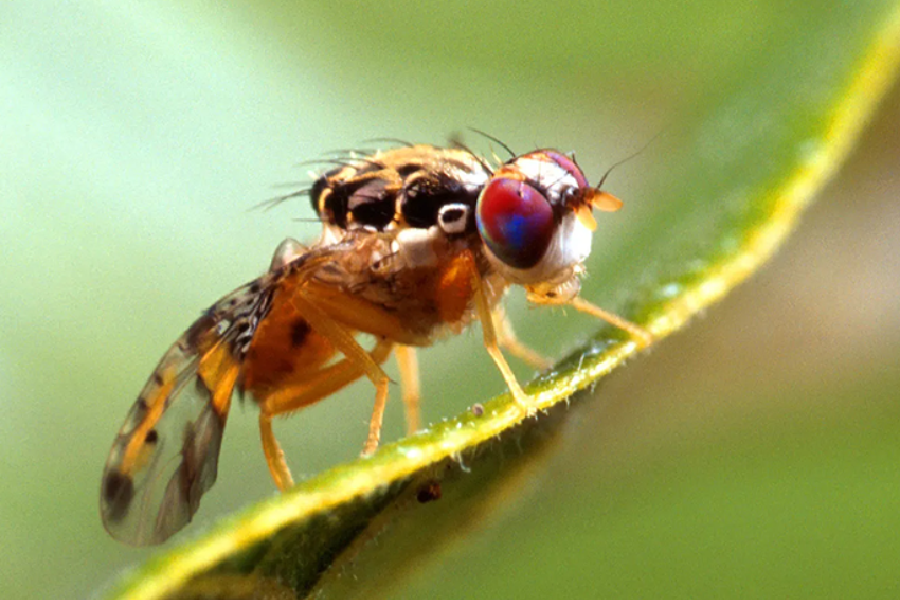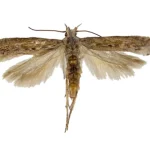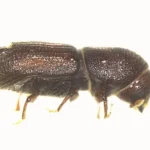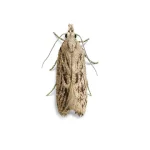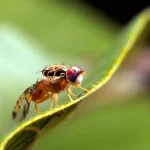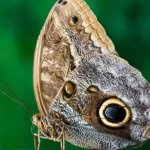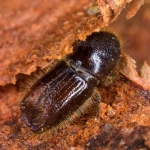Fruit fly is a species belonging to the Drosophila family. This species is known for its rapid reproduction capabilities. It lays its eggs through larvae. It can live indoors for a long time, and its population increases with the warming of the weather. Depending on environmental conditions, it can survive for up to twenty-five days.
Fruit fly is commonly seen near ripened or rotten fruits, fermented beverages, and garbage. There are measures to be taken in combating this species. In cultural control, it is important to frequently empty garbage. Besides this, there are different methods of control, including chemical and biological methods.
Mediterranean Fruit Fly
The fruit fly causes damage through fruits on tree branches or fallen rotten fruits. It is a rapidly reproducing species, and its larvae are found near stagnant waters. The larvae feed on the sugars inside the fruits.
The scientific name of this species is Drosophila, and it generally increases in hot climates. It becomes active in warm and humid environments. Especially during the harvest season, its population density increases. Living conditions vary based on environmental factors and the availability of food.
This species generally damages products like figs, persimmons, quinces, pomegranates, and grapes.
The Mediterranean fruit fly causes damage through its larvae, primarily affecting citrus fruits.
This species enters the fruits, feeds on the fleshy parts, and lays its eggs. It causes softening and depressions on the fruits. Softened fruits ripen early and fall. These fruits are considered infected.
Damaged products have zero tolerance in exports, causing significant harm to the national economy. Therefore, it is necessary to combat it before the population spreads.
The methods used to combat this harmful species are as follows:
- Cultural methods: It is recommended not to plant intermediate hosts in the citrus area. These hosts include fruits like peaches, figs, and persimmons. The most important point in this method is to collect and destroy fallen fruits.
- Biological and biotechnical methods: There is no biological control for this species as it has no parasitoids.
- Chemical methods: After detecting the fly, damage control is carried out. If rotten fruits are found during this control, spraying is necessary.
These two fly species differ in their biological characteristics, economic impact, type of damage, behavior, and life cycle.
Mediterranean Fruit Fly Trap
One of the methods used to combat this harmful species is traps. The purpose of these traps is to control the population. Biotechnical control is one of the most frequently preferred and effective methods.
The types of traps used in this technique are as follows:
Pheromone traps: This type of trap uses chemicals that mimic the sexual pheromones released by female flies. These pheromones are placed inside the trap, attracting the insects. The insects that enter the trap stick to adhesive papers and are destroyed.
Installation is quite simple; they are hung on tree branches. It is recommended to maintain a certain distance between trees when setting up traps.
This is one of the effective methods for controlling and monitoring the population.
Color sticky traps: This is a type of trap resistant to UV rays. It utilizes the insects’ attraction to colors. Yellow or red traps attract the insects and cause them to stick to the trap.
Installation is simple; these panels are hung on the outer parts of trees in sunlit areas.
Food attractants: This is a liquid type of trap. It contains protein hydrolysate or ammonia to attract insects to the trap.
It is set up by hanging on tree branches. Multiple traps can be hung on a single tree to attract attention.
Pheromone traps attract male insects with capsules containing para-pheromones, while food attractant traps are mostly effective by attracting females.
Each of these three types of traps requires regular maintenance and control. These traps are effective for population control and monitoring.
Advantages of Biotechnical Control?
- Only harms the targeted pest.
- Preserves nature and natural balance.
- Effective in keeping the population under control and monitoring.
- Helps determine the timing of control measures.
- These traps can be set up in the same places at regular intervals, reducing or completely eliminating the use of chemical pesticides.
For more information on fruit fly control methods, you can contact Kapar Organik.

